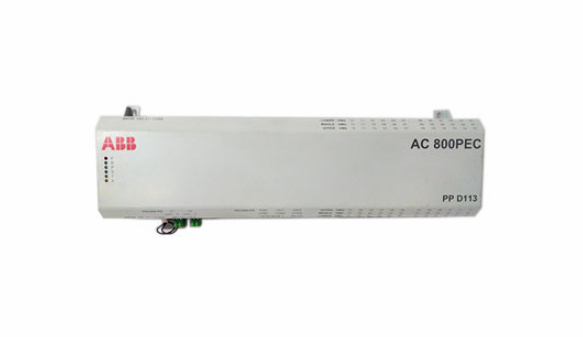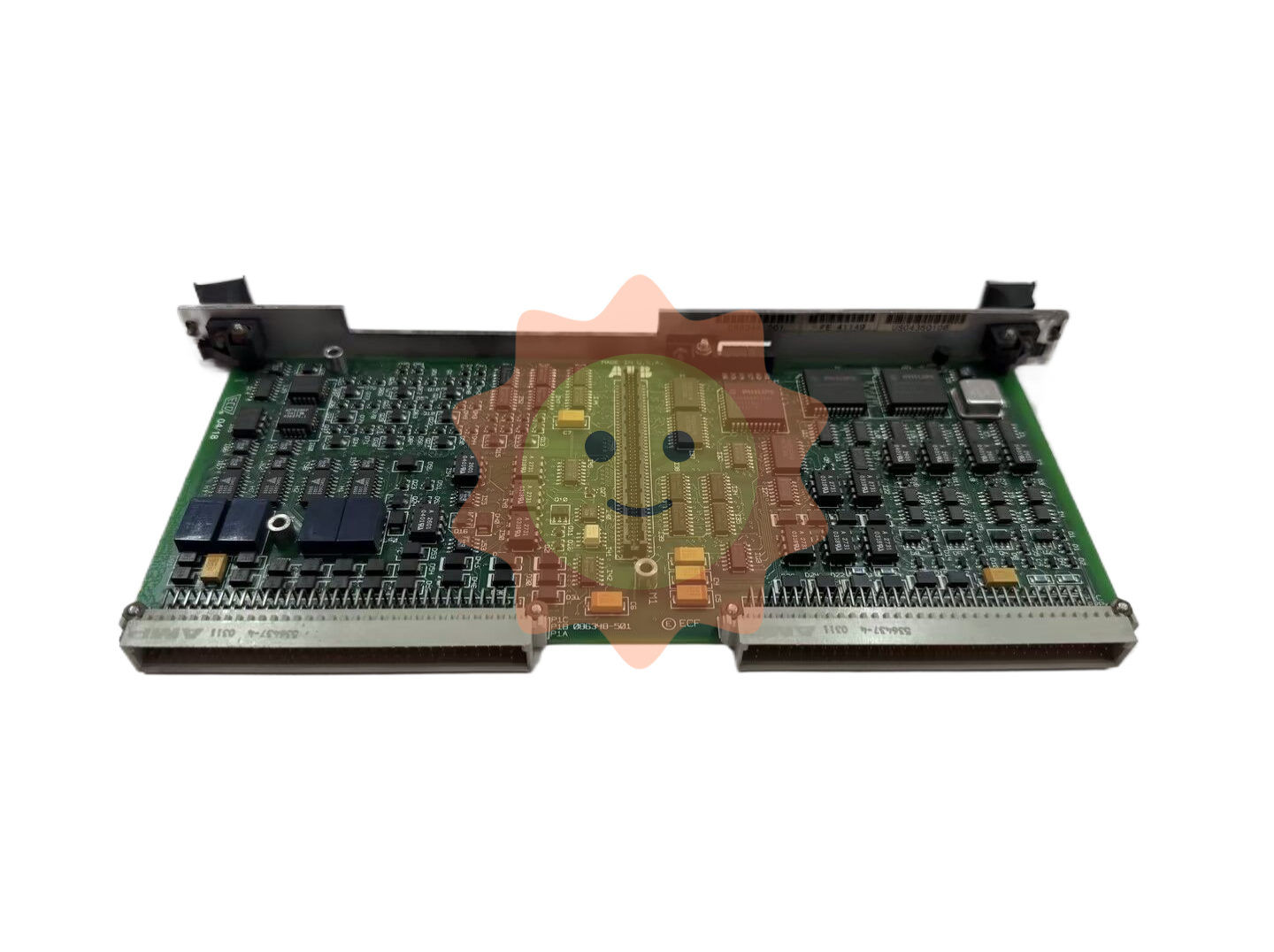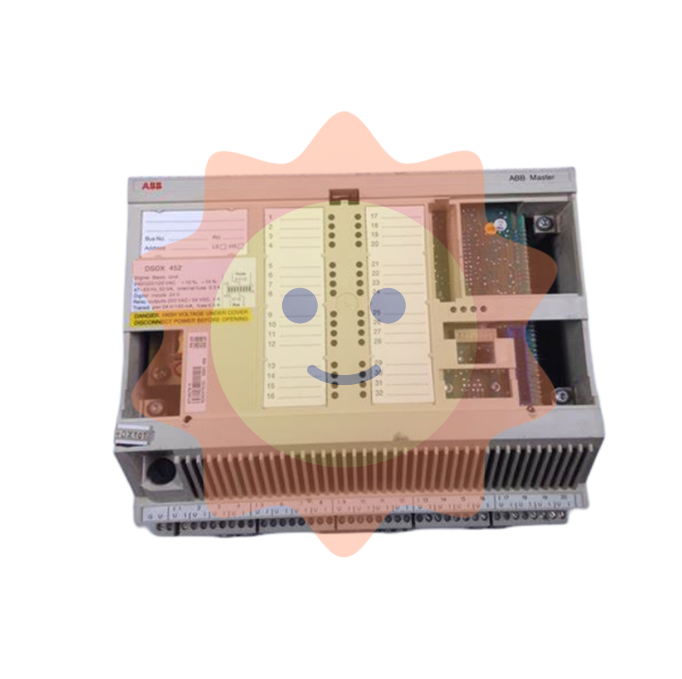Textile chemical fiber industry to "green" forward
Chen Xinwei, president of the China Chemical Fiber Industry Association, said in an interview with China Textile News that chemical fiber is mainly based on petroleum resources as raw materials, reducing the impact on the environment and improving the recycling level is the key to the sustainable development of the chemical fiber industry, and it is necessary to improve the technical system and standard system dominated by green manufacturing technology. At the same time, a new fashion has been formed to use recycled products as new materials and consumption. Combined with the trend of green consumption and the demands of the industrial chain, the development of recycling and bio-based materials with natural renewable and biodegradable raw materials is one of the effective ways.
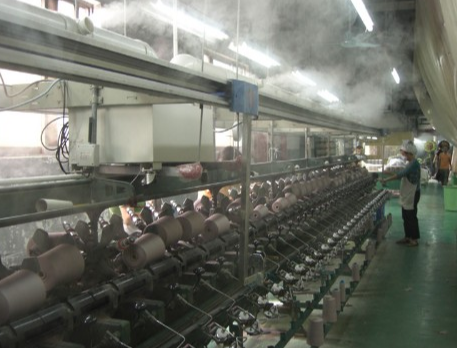
During the interview, the reporter learned that as a comprehensive utilization enterprise of recycled polyester resources, Haili Environmental Protection has formed a complete green industrial chain from the acquisition of waste polyester bottles, the processing and purification of bottle chips to the production of recycled polyester filament.
"Haili Environmental practices the role of a national green factory, and its recycled polyester filament has a 'green gene' throughout its life cycle, that is, the material can be recycled, the manufacturing process is green, and the product can be recycled, thereby reducing the supply chain 'carbon' output to the downstream weaving link." Industry insiders say.
According to the industry, Haili Environmental protection's recycled polyester filament products are positioned for differentiation and functionalization, and have obtained GRS global regeneration standard certification and OEKO-TEX100 infant contact level certification, etc., which has won the "green pass" for the company's recycled fiber expansion in the international market. At present, Haili Environmental Protection has customized high-end green recycled fibers for international brands such as IKEA and Samsonite.
B Directly hit the "pain point" to improve the level of green and low-carbon development of the industry
It is understood that the Ministry of Environmental Protection in 41 key industries in China's industrial wastewater emissions survey found that the textile industry annual wastewater emissions of 1.961 billion tons, accounting for 10.5% of the total industrial wastewater emissions, second only to the paper industry and chemical industry, which is also the largest "pain point" in the development of the textile industry.
The realization of industrial green development is inseparable from environmental protection regulation. It is understood that since 2017, many textile towns in Jiangsu have actively carried out special activities for environmental protection. According to the special renovation task table of water jet loom in Wujiang District, from 2017 to 2019, the total amount of water jet loom is planned to be reduced by 102,000 units, accounting for 30% of the elimination. Recently, Wujiang implemented a new round of water jet loom shutdown regulation, it is expected that by 2025, the number of water jet loom dropped to near 160,000 units, accounting for about 50% of the 2017 regulation before.
Liu Siqi, an analyst at Zijin Tianfeng Futures, said that shutting down some high-energy-consuming water-jet loom companies can save water resources, reduce sewage discharge, and restore green mountains and green water. Through enterprise integration, industrial chain clustering and intensification can be achieved to enhance the competitiveness of the weaving industry.
Similarly, in the key link of the textile industry chain, printing and dyeing exhaust gas pollution can not be underestimated, and the green development of printing and dyeing industry is also related to the improvement of the core competitiveness of the textile industry chain.
The reporter learned that the National People's Congress, the upstream enterprises of the textile industry "head", Song Xiquan, chairman of Taihe New Materials Group, has been very concerned about the development of the textile industry chain. In the industry research, he found that in recent years, the transformation and upgrading of the printing and dyeing industry has achieved remarkable results, but it still faces problems such as complex and severe development environment and green and low-carbon development level to be improved.
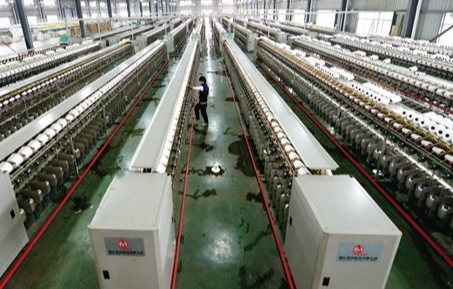
Song Xiquan proposed in this year's two sessions to promote the healthy development of the printing and dyeing industry to ensure the competitive advantage of China's textile industry chain. He suggested that we should increase support for the development of printing and dyeing parks, introduce support policies such as the management of printing and dyeing park agglomeration development funds, and guide printing and dyeing enterprises to gather in standardized industrial parks; Fully provide the supporting environmental protection indicators, so that the park's environmental assessment, energy assessment, pollution and other indicators can be optimized; Improve the sewage network and other supporting facilities to provide conditions for the development of printing and dyeing enterprises in the park. At the same time, he suggested that the science and technology department set up a special project for the green development of the printing and dyeing industry, accelerate the transformation of green scientific and technological achievements, and gradually establish a green development model based on technological progress to further enhance the core competitiveness of China's textile industry.
- EMERSON
- Honeywell
- CTI
- Rolls-Royce
- General Electric
- Woodward
- Yaskawa
- xYCOM
- Motorola
- Siemens
- Rockwell
- ABB
- B&R
- HIMA
- Construction site
- electricity
- Automobile market
- PLC
- DCS
- Motor drivers
- VSD
- Implications
- cement
- CO2
- CEM
- methane
- Artificial intelligence
- Titanic
- Solar energy
- Hydrogen fuel cell
- Hydrogen and fuel cells
- Hydrogen and oxygen fuel cells
- tyre
- Chemical fiber
- dynamo
- corpuscle
- Pulp and paper
- printing
- fossil
- FANUC
- Food and beverage
- Life science
- Sewage treatment
- Personal care
- electricity
- boats
- infrastructure
- Automobile industry
- metallurgy
- Nuclear power generation
- Geothermal power generation
- Water and wastewater
- Infrastructure construction
- Mine hazard
- steel
- papermaking
- Natural gas industry
- Infrastructure construction
- Power and energy
- Rubber and plastic
- Renewable energy
- pharmacy
- mining
- Plastic industry
- Schneider
- Kongsberg
- NI
- Wind energy
- International petroleum
- International new energy network
- gas
- WATLOW
- ProSoft
- SEW
- wind
- ADVANCED
- Reliance
- YOKOGAWA
- TRICONEX
- FOXBORO
- METSO
- MAN
- Advantest
- ADVANCED
- ALSTOM
- Control Wave
- AB
- AMAT
- STUDER
- KONGSBERG
- MOTOROLA
- DANAHER MOTION
- Bently
- Galil
- EATON
- MOLEX
- Triconex
- DEIF
- B&W
- ZYGO
- Aerotech
- DANFOSS
- KOLLMORGEN
- Beijer
- Endress+Hauser
- MOOG
- KB
- Moxa
- Rexroth


Email:wang@kongjiangauto.com













































































































